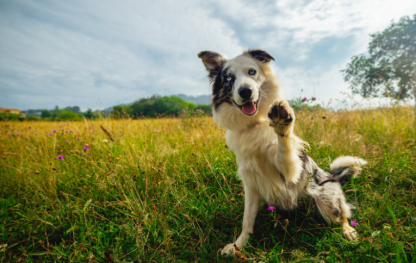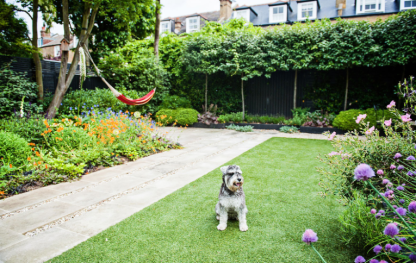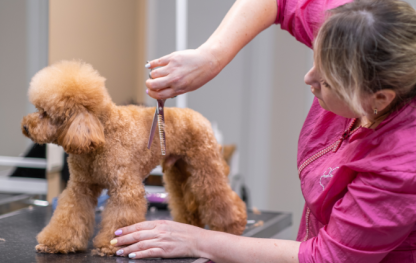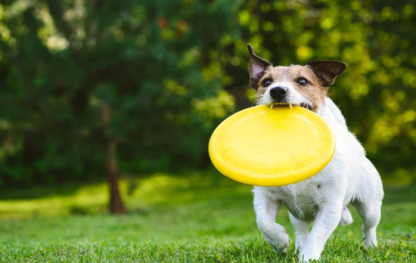Top Tips for Training Your Dog to Walk Politely on a Leash
Walking your dog should be an enjoyable experience, not a constant tug-of-war. Training your dog to walk politely on a leash not only improves the walking experience, but also strengthens your bond and promotes a safer environment for both sides.
Here is an effective, step-by-step guide to help get you started.
1. Choose the right equipment
Choosing the appropriate harness and leash can make leash training easier and more comfortable for both you and your dog.
A no-pull harness is especially useful for reducing pulling, and a comfortable, durable leash gives you greater control. Make sure the gear fits your dog well, allowing them to move freely without any discomfort.
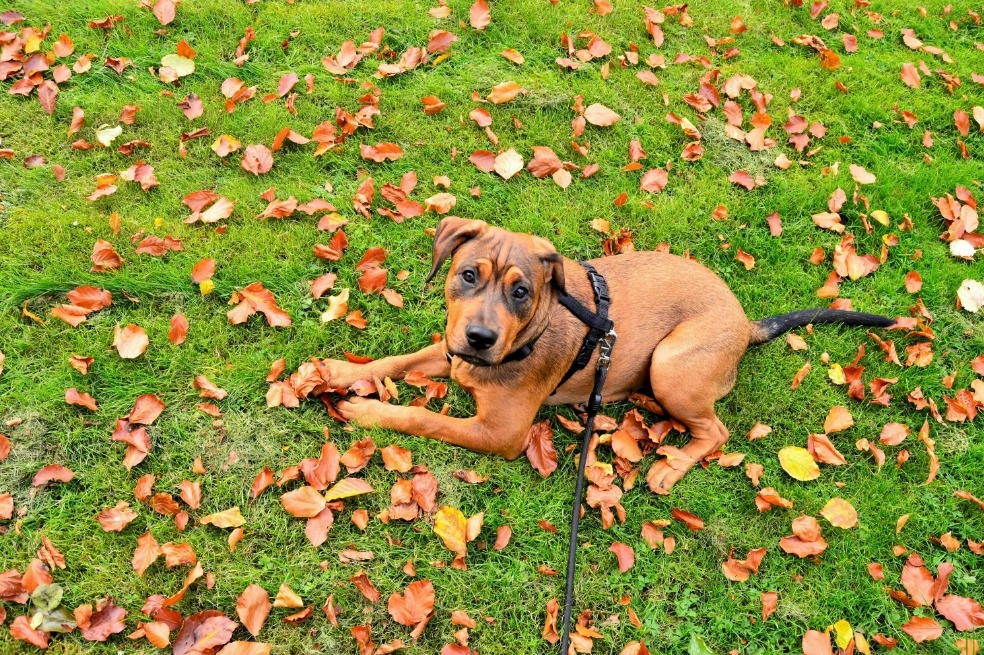
If you’re looking for a reliable, comfortable harness that’s perfect for everyday walks, the Essential Dog Harness could be exactly what you need.
2. Start with short sessions indoors
If your dog is new to leash training, start in a calm, quiet environment like your home or yard. This way, your dog can get comfortable with the harness and leash without distractions.
Walk a few steps and encourage your dog to walk by your side. Use treats and praise to reward them for staying close, reinforcing calm and focused behavior.
3. Use positive reinforcement
Positive reinforcement is one of the most effective ways to train your dog. Keep treats on hand, and reward your dog each time they walk by your side without pulling.
Praise them when they stay close and follow your pace, reinforcing good leash manners. Consistently rewarding desired behavior will help your dog associate walking calmly with positive outcomes.
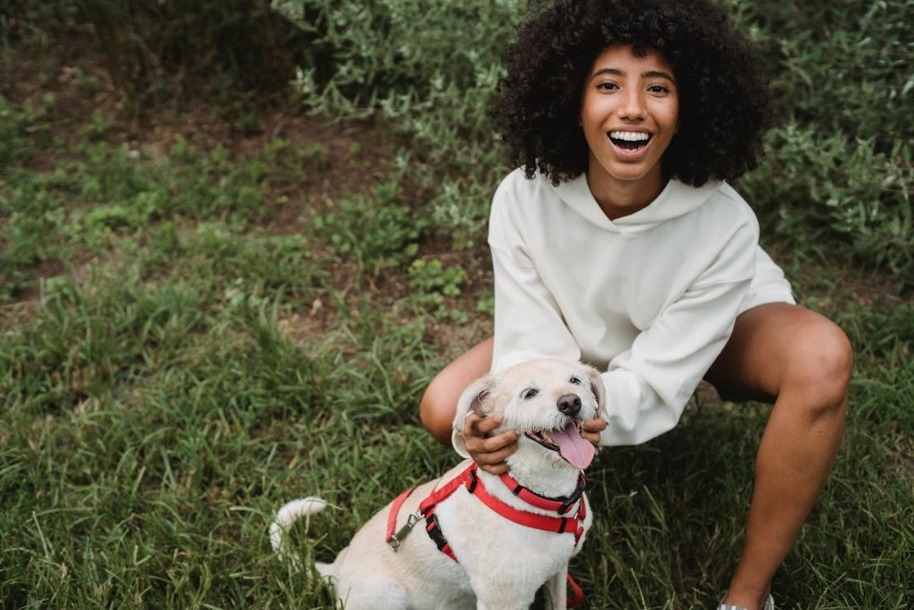
4. Teach basic commands for better control
Teaching basic commands like “heel,” “stop,” and “let’s go” will give you more control over your dog’s movements. Start with the “heel” command by using treats to guide your dog to walk close to your side.
Whenever they stay beside you, give a treat and repeat the command. Practice each command in short sessions, gradually introducing them outdoors as your dog becomes more responsive.
Teaching basic commands like “heel,” “stop,” and “let’s go” will give you more control over your dog’s movements. Start with the “heel” command by using treats to guide your dog to walk close to your side.
Whenever they stay beside you, give a treat and repeat the command. Practice each command in short sessions, gradually introducing them outdoors as your dog becomes more responsive.
5. Stop walking when they pull
Dogs often pull because it gets them where they want to go faster. Break this habit by stopping each time your dog pulls on the leash. Stand still until they return to your side, then resume walking. This teaches your dog that pulling leads to stops, while calm walking leads to forward movement, encouraging them to stay by your side.
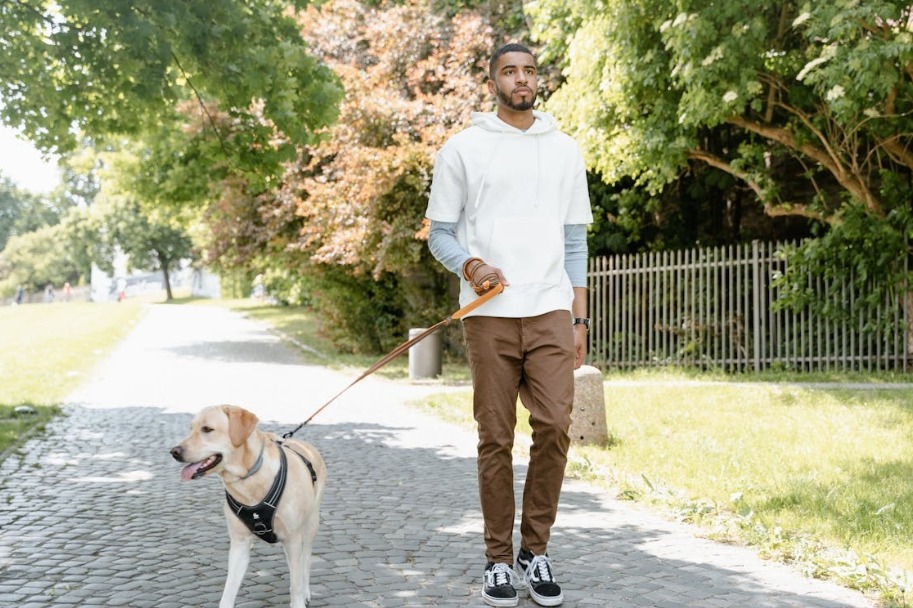
Does your dog tend to pull? The Dream Walk No-Pull Harness is designed to provide gentle control and discourage pulling, making walks safer and more pleasant.
6. Gradually increase distractions
Once your dog is comfortable with leash walking in quieter areas, gradually introduce more distractions, like walking past other dogs, people, or vehicles. Keep practicing commands and use treats to redirect your dog’s attention back to you.
This gradual exposure helps your dog learn to stay focused on you, even in more stimulating environments.
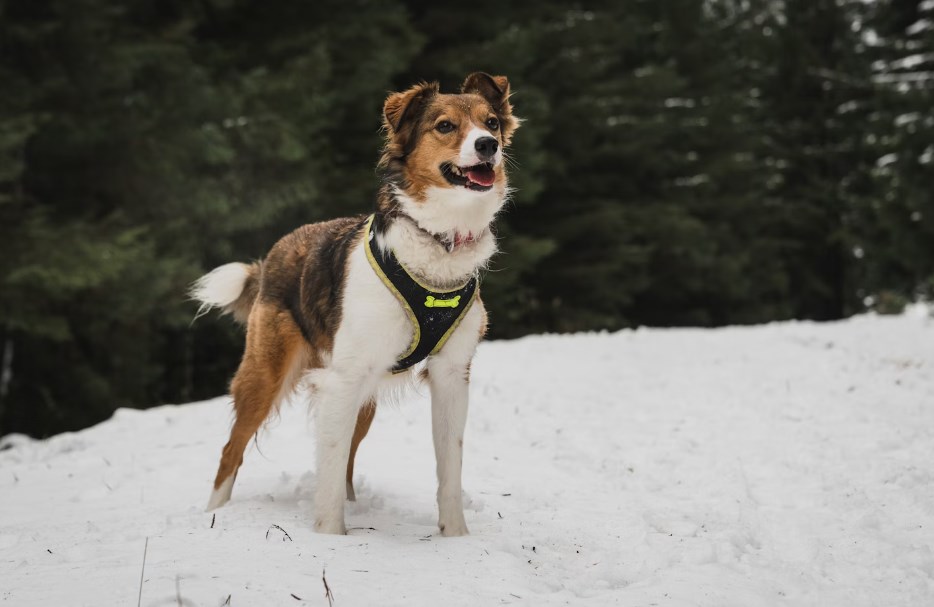
Looking for a harness that discourages pulling behavior, but also easy to put on? ShawnCo’s Essential Dog Harness takes under 3 seconds to pull on and off.
How to choose which option is best for your dog
If you’re still debating between a collar and a harness, consider these factors.
Your dog’s size and breed
Large, strong dogs may benefit from the control of a harness, while smaller or more delicate breeds are often more comfortable in a harness to avoid neck strain.
Training needs
If your dog is still in training or tends to pull on the leash, a harness can help manage their movement without causing discomfort.
Health considerations
Dogs with respiratory issues, neck injuries, or delicate tracheas might find harnesses gentler on their bodies.
Lifestyle and activities
If you frequently take your dog on short walks or quick outings, a collar may be more convenient. For longer or more active outings, a harness can provide better support and control.
How to choose which option is best for your dog
Leash training can take time, especially for dogs with strong pulling habits. Patience and consistency are key. Set aside a few minutes each day to practice, reinforcing positive behavior and gently correcting pulling. With time, your dog will understand what’s expected and will walk calmly by your side.
Conclusion
With the right approach, leash training can become a bonding activity for you and your dog. Remember to use supportive tools like the Dream Walk No-Pull Dog Harness or the Dream Walk Dog Leash to help reinforce good leash manners. By following these steps and staying consistent, you’ll be able to enjoy nice walks with your well-mannered pup in no time.

Get 20% Off Your First Order!
Treat your dog to the best with exclusive savings on top products.
